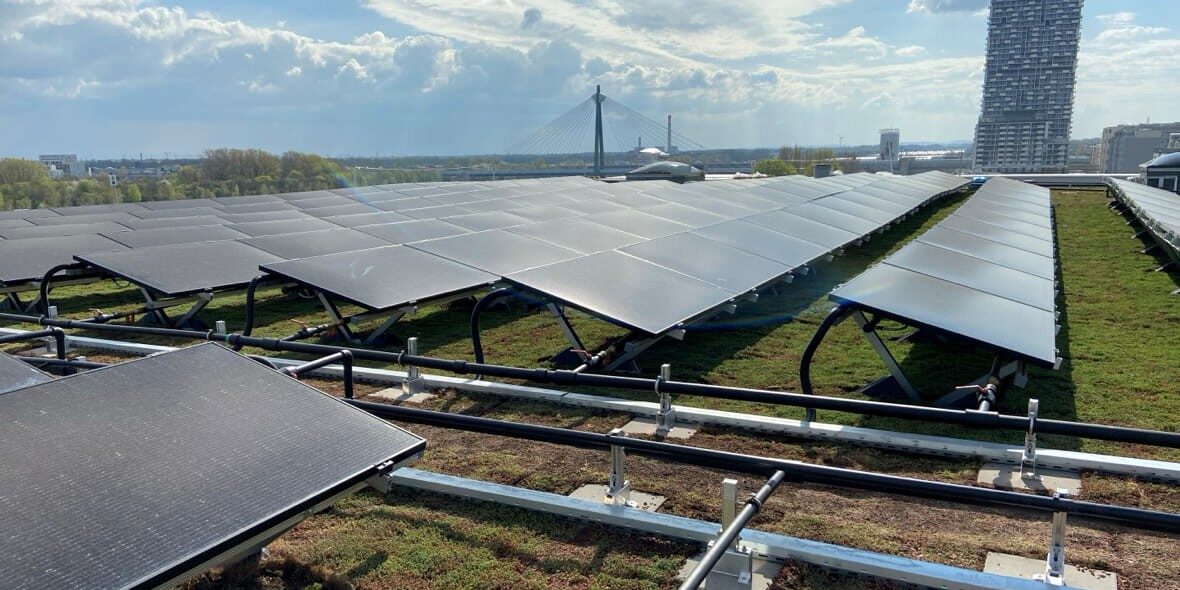Spanish grid operator claims power outage originated from solar plant
Beatriz Corredor, president of Spanish grid operator Red Eléctrica de España (REE), said a fault at a PV plant in Badajoz, Spain, triggered a forced frequency oscillation that led to a recent blackout. She said the plant has been "perfectly identified."

Beatriz Corredor, president of Spanish grid operator Red Eléctrica de España (REE), said a fault at a PV plant in Badajoz, Spain, triggered a forced frequency oscillation that led to a recent blackout. She said the plant has been "perfectly identified."
From pv magazine Spain
Redeia, the parent company of REE, held a press conference this week in Madrid to present its report on the April 28 power outage that left millions without electricity across Spain. REE President Beatriz Corredor denied that REE was responsible, mere hours after the Spanish government blamed the incident on poor planning by the system operator.
REE attributed the start of the blackout to a “malfunction” at a PV plant in Badajoz. It declined to reveal further details due to “confidentiality” reasons. The plant allegedly caused a “forced frequency oscillation.”
REE General Director of Operations Concha Sánchez said the incident began at 12:03 p.m. (CEST), when the system “began to experience a forced frequency oscillation” that triggered “a drop in voltage” and a “very significant” fluctuation lasting nearly five minutes. She said it required immediate action due to the “dangerous” conditions. REE changed the interconnection with France from alternating current operation to a fixed setpoint, in agreement with French system operator RTE.
Later, REE said it observed a “significant” disturbance on a power line in Badajoz and reduced the electricity exchange with Portugal. At 12:16 p.m., the oscillation recurred, it said. It originated at a “photovoltaic plant that we will call A in the province of Badajoz,” which is “connected to the transmission grid.” Sánchez said the oscillation “unequivocally” resulted from malfunctioning internal controls at the plant, an issue “that must be clarified by the owner.”
The anomalous fluctuations led to the disconnection of 700 MW of generation, mainly from small facilities outside REE's visibility, including self-consumption plants.
Subsequently, export flows “reduced,” voltages kept rising, and a substation in Granada experienced a generation trip. Disconnections continued, including another 582 MW in Badajoz. When the transmission grid had lost over 2,000 MW and “a considerable volume” on distribution networks, the system could no longer maintain voltage levels.
Sánchez said that until that point “we cannot speak of overvoltages,” noting that voltage levels remained within regulatory limits. She also stated that some generators failed to comply with voltage control obligations. “They must provide this service,” she said. According to REE simulations, the blackout could have been avoided if generators had delivered the required voltage control, since “sufficient” capacity was available. “It's a different matter” whether the companies obligated to provide the service actually did so, she added.
In a new report this week, Spain’s Ecological Transition Ministry identified three main causes for the system failure: insufficient voltage control capacity, fluctuations caused by grid constraints, and generation disconnections it described as “apparently improper.” The ministry concluded that voltage went unregulated due to poor planning by the system operator, and several generators failed to meet their obligations.
What's Your Reaction?


























































